These colour pictures document a date etched into Tannadice folklore when Dundee United humbled the Italian champions Roma.
They were taken by Stewart Alexander during the game and bring back bittersweet memories of the night United had one foot in the European Cup final.
The photos spent decades in a cardboard box in Stewart’s loft but he’s decided to dig them out of cold storage to mark United’s return to European football.
“I used to take a camera to the bigger games at Tannadice and these images bring back memories of a pivotal moment in Scottish football history,” said Stewart.
“As the years pass it’s great to show them off because this was an astonishing achievement, never to be repeated, and I hope United fans enjoy seeing them!”
The images open a window on to a very different world when there was terracing behind both goals and the youth match which took place before the game.
History tells us that the Serie A giants turned the tie on its head in the second leg amidst allegations the French referee had been paid a £50,000 bribe.
It all kicked off in Malta on September 14 1983 with a 3-0 first-leg win over Ħamrun Spartans and United finished the job at home with another 3-0 victory.
A trip to play Belgian champions Standard Liege was next and they earned a 0-0 draw before a Ralph Milne masterclass helped secure a 4-0 victory in the return.
The quarter-final against Rapid Vienna was much tighter and United lost the first leg 2-1 in Austria, with Derek Stark on target for a crucial away goal.
The home match was tense and it was lit up by Davie Dodds’ goal in front of the Shed midway through the first half and the 1-0 win sent United into the semis.
Awaiting them were Italian champions Roma.
A lot of the build-up to the match had been taken up by speculation over whether or not Roma’s injured Brazilian 1982 World Cup hero Falcao would make it.
He didn’t but the visitors still had two reigning world champions on each wing in Italian internationals Bruno Conti and Francesco Graziani.
There was class and quality everywhere in the opposition ranks but the real superstars that spring evening were wearing tangerine.
With the punters packed in as tight as they were and right on top of the pitch, the atmosphere was electric for the sold-out first leg of the semi-final.
Manager Jim McLean broke it down further in his programme notes.
He said: “Without any doubt we will approach this game with determination and confidence to achieve our goal — the final.
“Reputations, big name players can be stopped, and I would hope that Roma treat us with a degree of complacency, so enhancing our chances of reaching the final.”
Roma did underestimate McLean’s side at Tannadice.
United were fitter, stronger and more skilful than they expected.
The hosts simply weren’t fazed by their opponents and played Roma off the park.
Davie Dodds put United one up just after half-time before Derek Stark hammered in the second on the hour and the Italian champions were reeling!
Stark’s shot was memorably described by TV commentator Arthur Montford as “a thumper!”.
It was one of the club’s greatest displays and, when the final whistle blew, United were strong favourites to make the final.
The Tangerines, of course, went to the Italian capital a fortnight later and lost 3-0, and it was later revealed the referee had been “got at” by the Italians.
It was an ugly end to a beautiful United run to the semi-final.
United missed out on what would have been a Battle of Britain contest to relish after Roma set up a final in their own Olympic Stadium against Liverpool.
Would United have beaten Liverpool if things had turned out differently?
The last word goes to goalkeeper Hamish McAlpine.
“They (Liverpool) were very strong then, thanks in no small part to the Scottish lads – Alan Hansen, Kenny Dalglish, Steve Nicol, Gary Gillespie and Graeme Souness.
“But the fact was that on our day we could beat anybody, we really could.
“I would look at our team and there wasn’t a weakness.
“Plus, thanks to Jim McLean, we were super fit. We defended as a team, attacked as a team and we were relentless.
“It wasn’t enough, however, so we will never know who would have come out on top had we played Liverpool in the final.”
In the end, justice was served when Liverpool beat Roma 4-2 on penalties in the final.
So who would have emerged victorious if United had met Liverpool?
It was a hypothetical situation explored by football fan turned author Simon Turner in his 2017 book If Only: An Alternative History of the Beautiful Game which boldly turns football history on its head by exploring how games can hinge on what appears, at first glance, to be infinitesimally small events.
United’s European adventures throughout the 1980s were something he came across during his research, and he found the story of McLean’s successes “fascinating”.
Simon gave that honour to Liverpool in is book.
But as Graeme Souness lifted the European Cup, as he did in real life, the fictional chapter concluded that the night really belonged to Scotland’s golden generation – with “mutual respect” being given to Dundee United.
There is also a popular sports quiz question, which sees teams asked to name the UK cities that have had two clubs reach the European Cup semi-finals.
Usually, people get Glasgow, London and Manchester quickly, but Dundee sometimes proves a more elusive answer.
The Dark Blues, of course, made it in 1963, also losing to an Italian club, AC Milan, in controversial circumstances.
No thanks again to a dodgy whistler!
More like this:
Dundee United legend John Holt to receive ‘testimonial’ honour – 35 years after Jim McLean said no
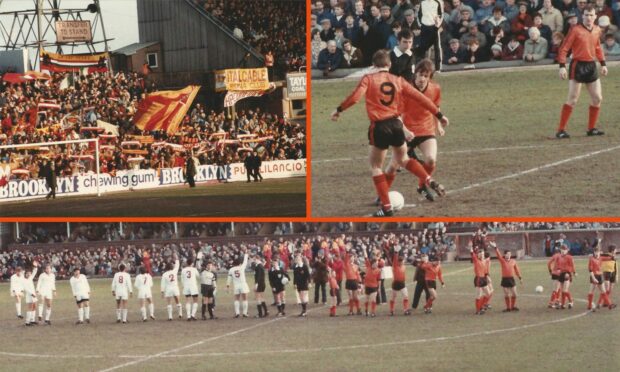
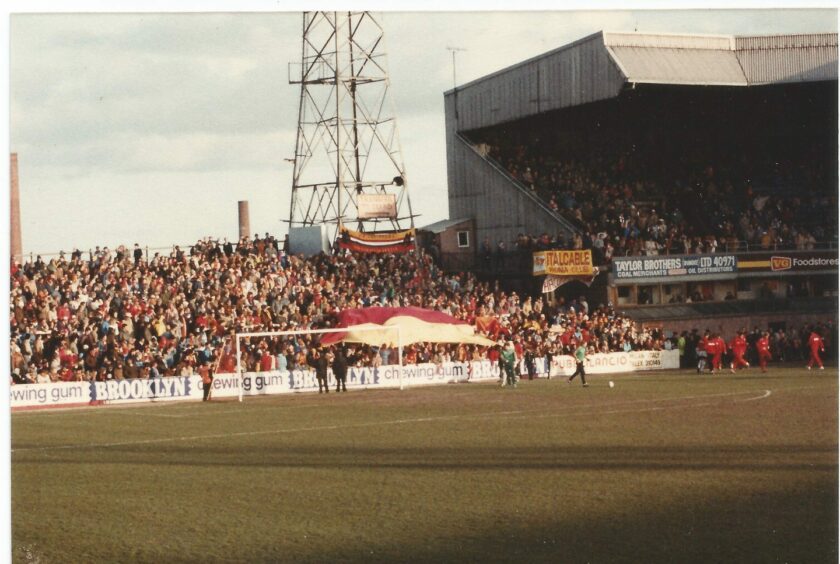
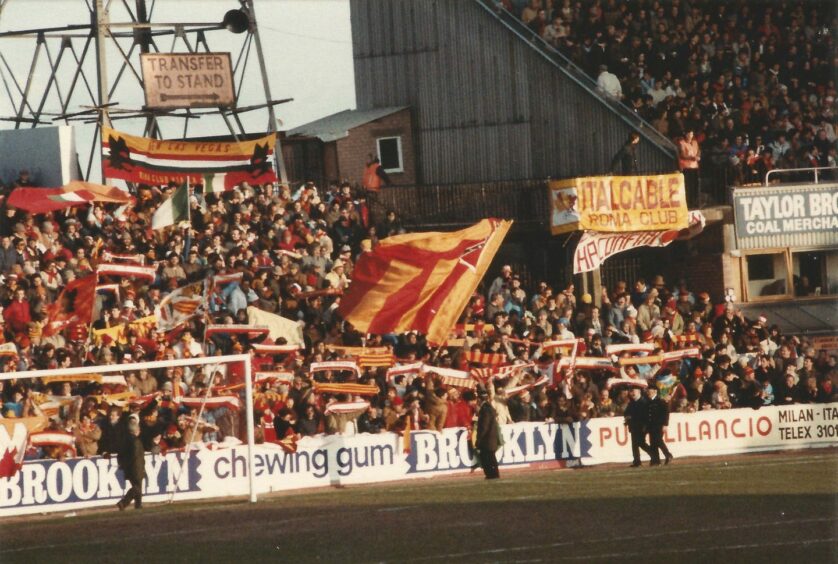
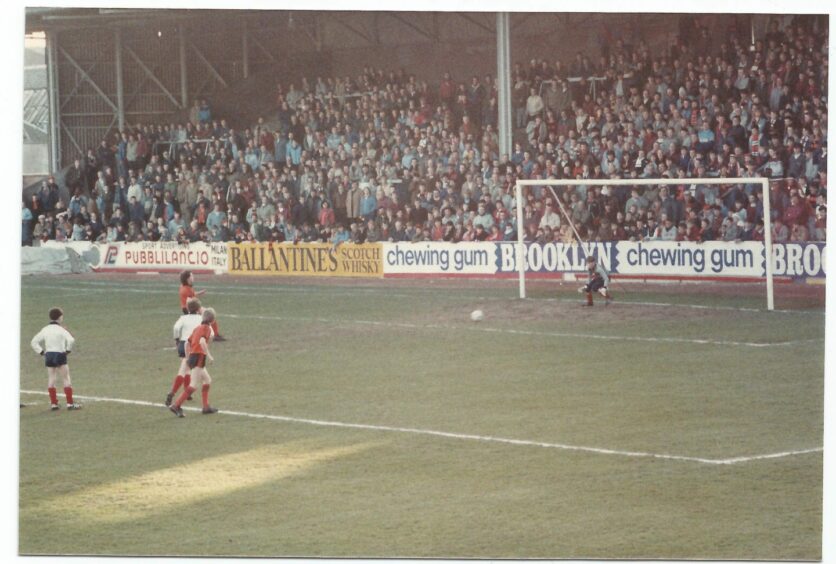
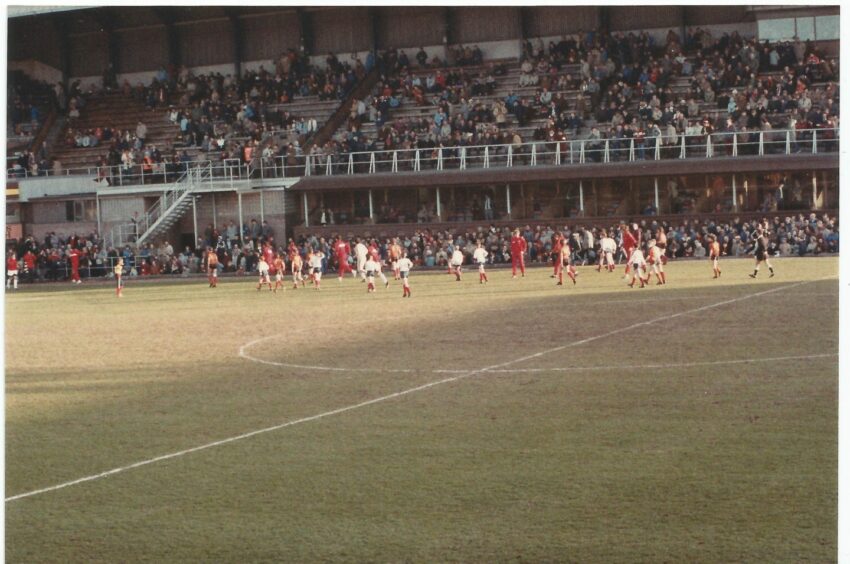
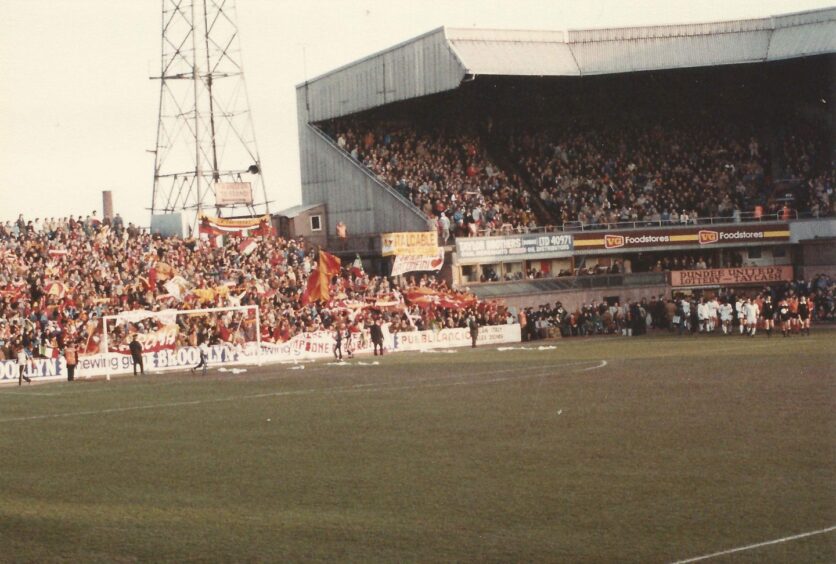
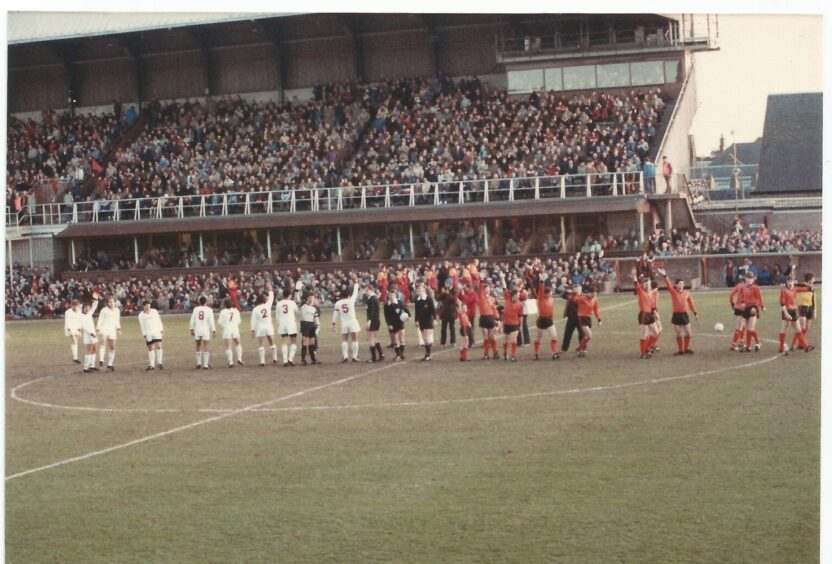
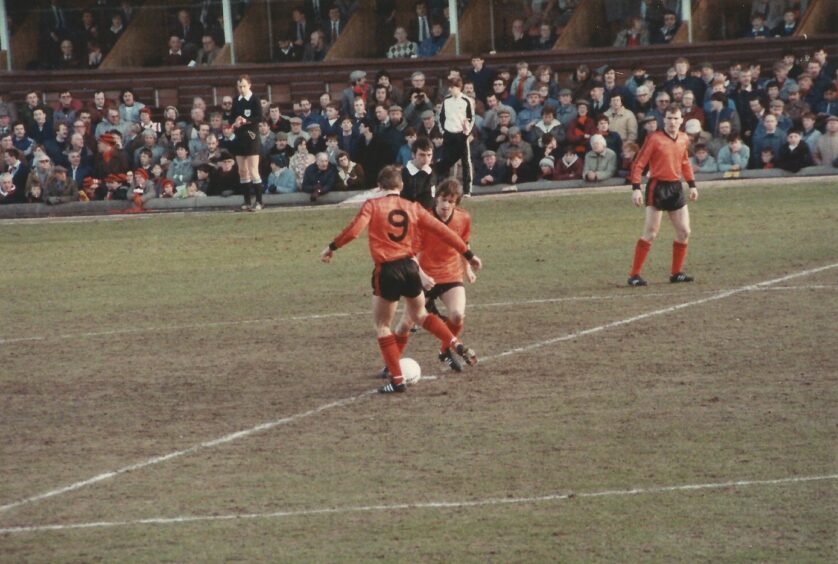
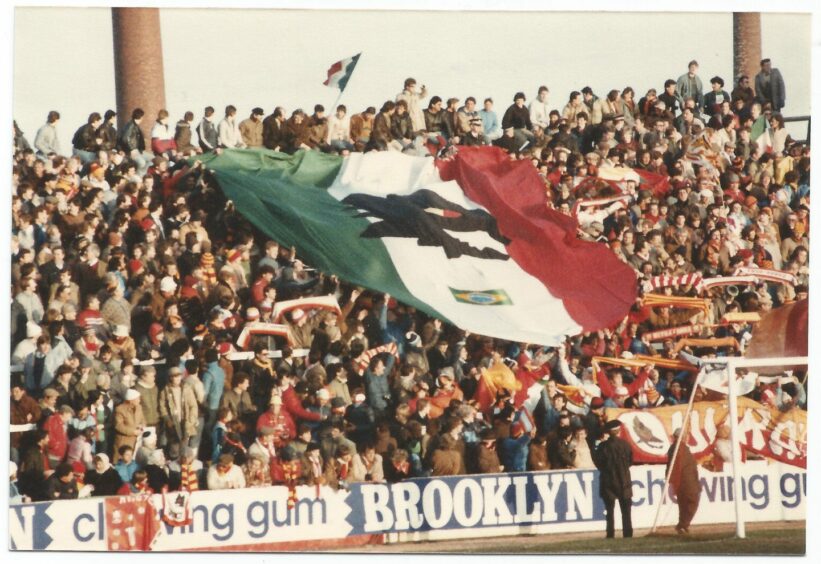
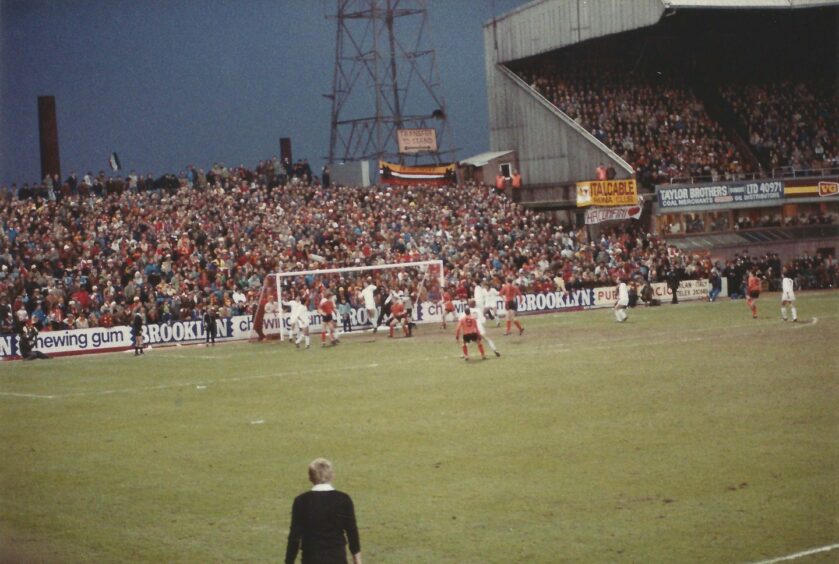
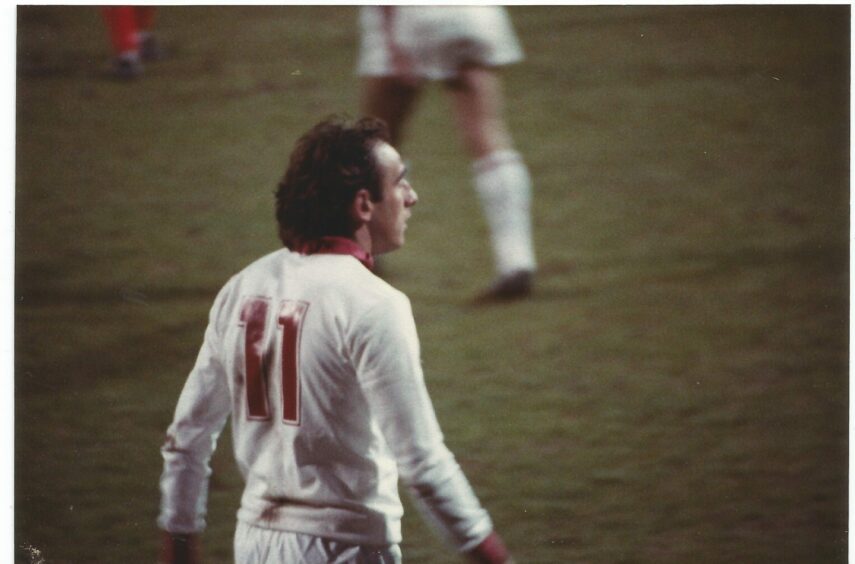
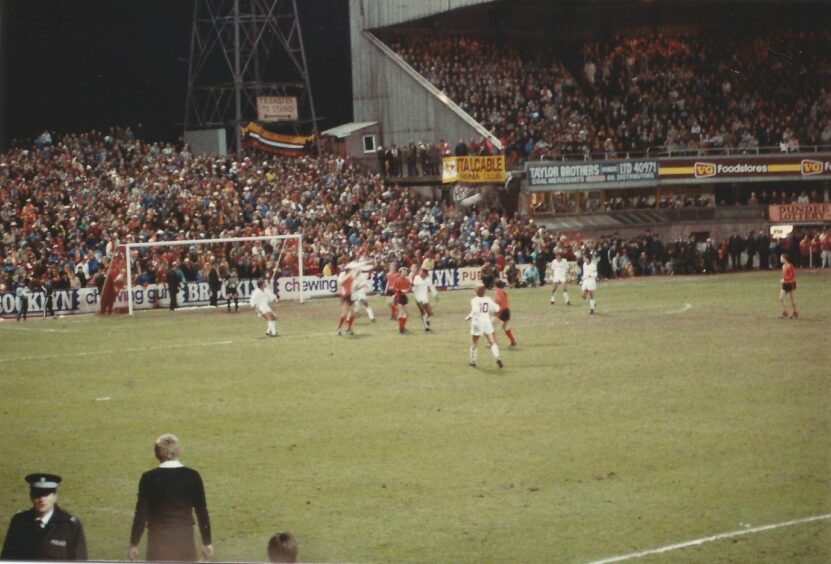
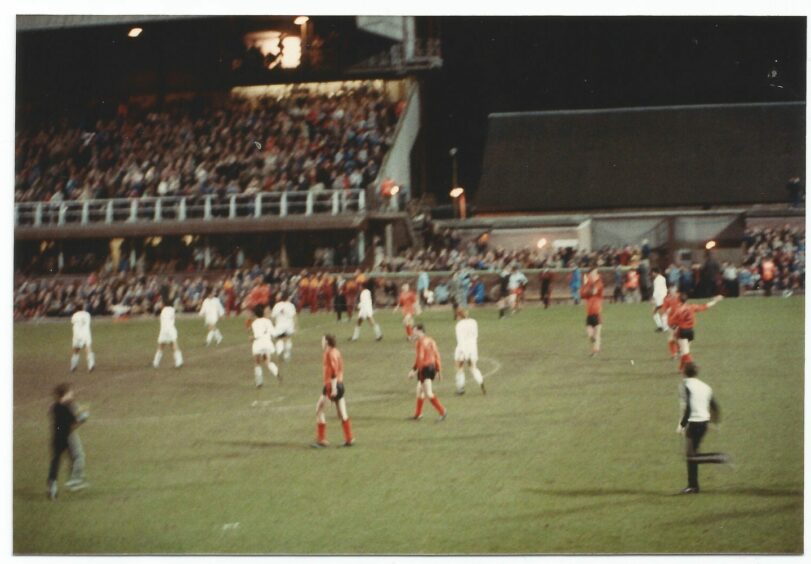










Conversation